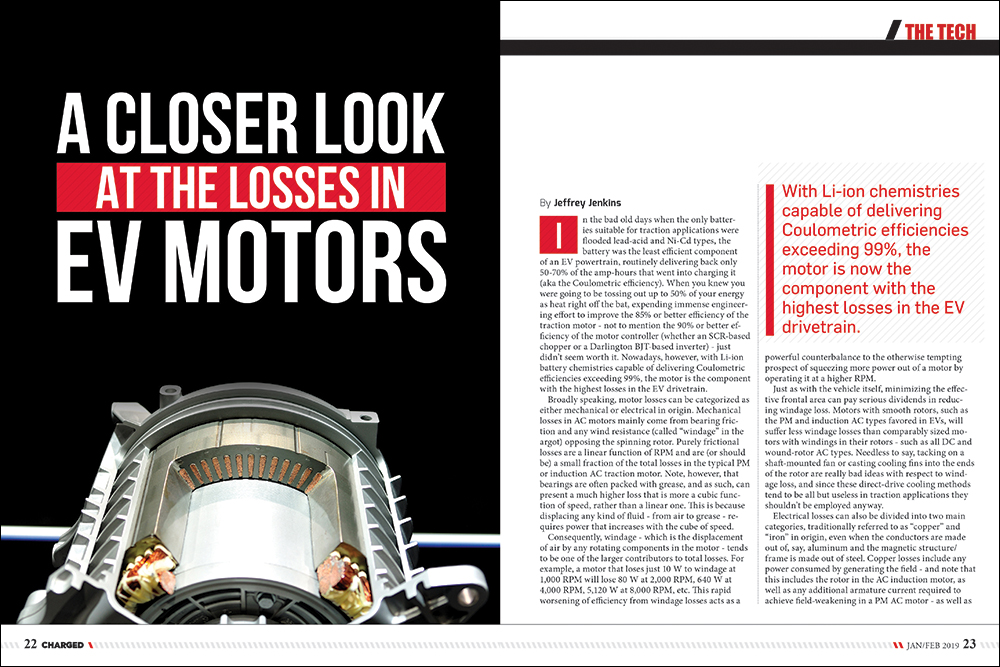ICE cars trained us all to avoid a heavy right foot if we want economy. Accelerate hard and revs are high.
Most people seem convinced the same applies to EVs.
But why? Obviously speed matters. And regen isn't 100%. But is the acceleration itself "expensive" in efficiency terms? If you intend travelling at 60 mph, is there a cost of getting to that speed in 5 seconds vs 15?
What would be happening inside the motor to cause inefficiency?
Most people seem convinced the same applies to EVs.
But why? Obviously speed matters. And regen isn't 100%. But is the acceleration itself "expensive" in efficiency terms? If you intend travelling at 60 mph, is there a cost of getting to that speed in 5 seconds vs 15?
What would be happening inside the motor to cause inefficiency?






